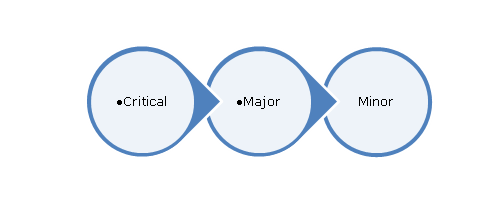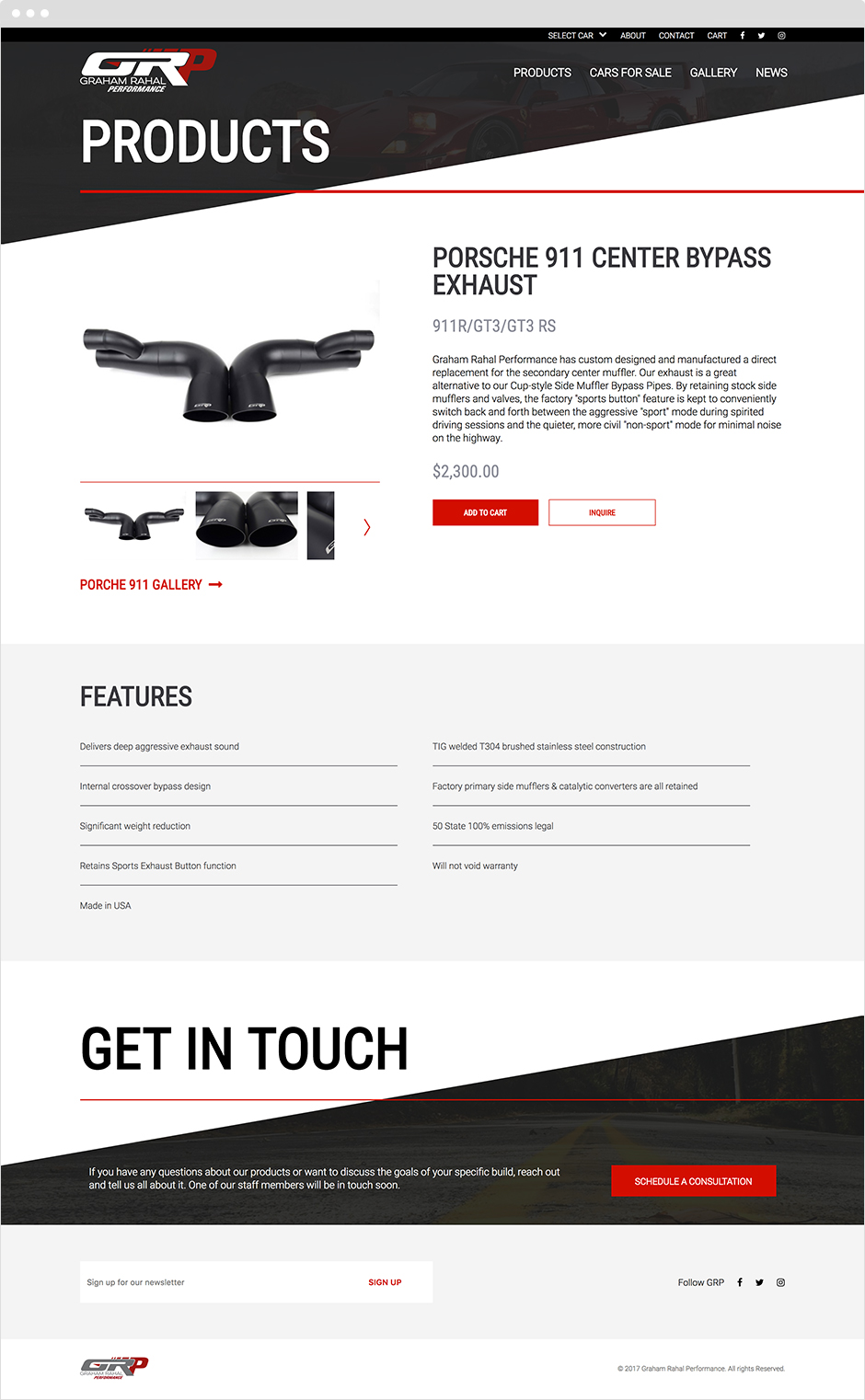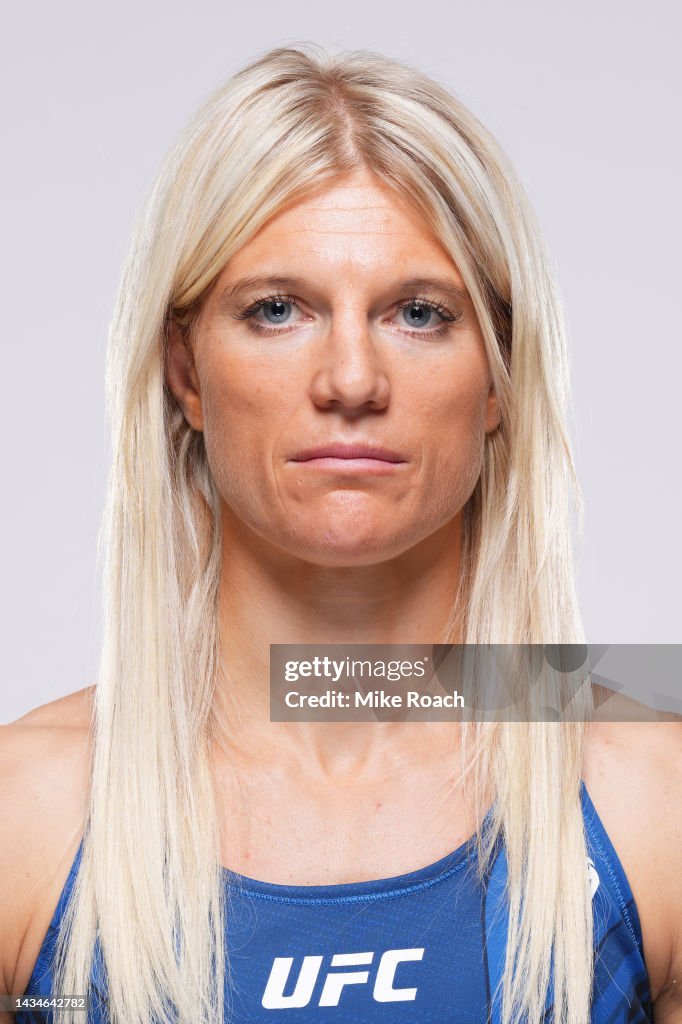Overcoming Hurdles In Automated Visual Inspection Of Lyophilized Drug Products

Table of Contents
Challenges in Image Acquisition for Lyophilized Products
The acquisition of high-quality images suitable for automated analysis is a crucial first step, and lyophilized products present several complexities.
Variations in Lyophilization Processes
Lyophilization, or freeze-drying, is inherently variable. Slight changes in the process parameters can significantly alter the final product's appearance. This variability directly impacts the consistency and reliability of image acquisition.
- Variations in cake appearance: Porosity, cracks, and even complete collapse of the lyophilized cake can occur, creating significant visual inconsistencies.
- Variations in vial clarity: Differences in vial material, cleaning, and filling processes can affect the clarity of the vial, introducing artifacts that interfere with image analysis.
- Impact of different formulations: The specific drug formulation influences the visual characteristics of the lyophilized product, further complicating consistent image acquisition.
To mitigate these variations, standardized lyophilization processes are critical. Implementing strict process parameters, including controlled cooling and drying rates, is crucial for consistent product appearance and improved image quality. Pre-processing steps, such as vial orientation standardization, can also contribute to more reliable image acquisition.
Dealing with Glare and Reflections
Lyophilized drug products, particularly within glass vials, are prone to glare and reflections from light sources. This can significantly mask defects and compromise the accuracy of the automated visual inspection system.
- Strategies for minimizing glare: Techniques such as optimized lighting configurations (diffuse lighting, polarized lighting), careful vial positioning, and the application of anti-reflective coatings to vials can significantly reduce glare.
- Impact of vial material on glare: The material used for the vials (e.g., type I glass, borosilicate glass) significantly affects light reflection. Selecting an appropriate vial material can minimize glare issues.
Advanced image processing algorithms play a vital role in glare reduction. Techniques like background subtraction and image enhancement can effectively remove or minimize glare artifacts from the acquired images, improving the accuracy of defect detection.
High-Throughput Requirements
Automated visual inspection systems are designed to process a large number of vials efficiently. However, achieving high throughput with lyophilized products poses significant challenges.
- Throughput limitations of current AVI systems: Current AVI systems might struggle to keep pace with high-volume lyophilization production lines.
- The need for faster cameras and processing algorithms: Faster cameras and more efficient image processing algorithms are needed to meet high-throughput demands without compromising inspection accuracy.
Advancements in high-speed cameras, along with parallel processing techniques and optimized software, are crucial for overcoming these throughput limitations. This ensures that automated visual inspection can keep pace with modern manufacturing requirements without sacrificing the quality and accuracy of the inspection process.
Advanced Image Analysis Techniques for Lyophilized Drug Products
The success of automated visual inspection hinges on the ability of the system to accurately detect and classify defects. Advanced image analysis techniques are vital for achieving this.
Defect Detection and Classification
Accurate identification and classification of defects are crucial for ensuring product quality. This requires sophisticated algorithms capable of distinguishing between acceptable variations and actual defects.
- Machine learning algorithms: Convolutional Neural Networks (CNNs) and other machine learning algorithms are highly effective at automatically learning patterns associated with different defects.
- Image segmentation techniques: These techniques isolate specific regions of interest within the image, facilitating focused defect analysis.
- Feature extraction methods: These methods identify relevant features within the images (e.g., edges, textures, color variations) that aid in defect classification.
Training robust machine learning models requires large, high-quality datasets representing a wide range of defects and variations. Careful data curation and model validation are essential for reliable defect detection and classification.
3D Imaging for Enhanced Defect Analysis
While 2D imaging provides a useful overview, it may miss defects hidden from a single perspective. 3D imaging offers a more comprehensive view of the lyophilized cake, enhancing defect detection.
- Techniques for 3D imaging: Structured light scanning and confocal microscopy are common techniques used for creating 3D models of lyophilized products.
- Advantages of 3D imaging in defect analysis: 3D imaging allows for the detection of defects hidden in shadowed areas or obscured by other features. It also provides information about the depth and extent of the defect.
The computational demands of 3D image analysis are significantly higher than for 2D. However, the improvements in defect detection accuracy often justify the increased computational complexity.
Validation and Regulatory Compliance for Automated Visual Inspection
The implementation of any AVI system requires rigorous validation and compliance with regulatory guidelines.
Validation Requirements
Demonstrating the accuracy and reliability of the automated visual inspection system is crucial before deployment. This involves a comprehensive validation process.
- IQ/OQ/PQ validation: Installation Qualification (IQ), Operational Qualification (OQ), and Performance Qualification (PQ) are standard procedures to verify that the system is installed, operates, and performs as intended.
- Performance qualification: This involves testing the system's ability to detect defects of varying sizes and types.
- Regulatory guidelines: Compliance with regulatory guidelines from agencies like the FDA (Food and Drug Administration) and EMA (European Medicines Agency) is essential.
The validation process should include testing against a wide range of defect types and severity levels to ensure the system’s accuracy and reliability under various conditions.
Data Integrity and Traceability
Maintaining data integrity and ensuring complete traceability are crucial aspects of regulatory compliance.
- Data management systems: Robust data management systems are necessary to securely store and manage all inspection data.
- Audit trails: Complete audit trails should be maintained to track all system activities and changes.
- Electronic signatures: Electronic signatures are used to ensure the authenticity and integrity of data.
Adherence to the ALCOA+ principles (Attributable, Legible, Contemporaneous, Original, Accurate + Complete, Enduring, Available) is essential for ensuring data integrity and meeting regulatory requirements.
Conclusion
Automated visual inspection offers substantial advantages in ensuring the quality and consistency of lyophilized drug products, improving efficiency and reducing the reliance on labor-intensive manual inspection. However, overcoming challenges related to image acquisition, advanced image analysis, and regulatory compliance necessitates a strategic approach. By leveraging advanced image analysis techniques, such as machine learning and 3D imaging, optimizing image acquisition protocols to minimize glare and variations, and adhering to stringent validation procedures to meet regulatory requirements, the pharmaceutical industry can fully realize the benefits of automated visual inspection. To learn more about optimizing your automated visual inspection process for lyophilized products and overcoming the hurdles involved, contact us today. We can help you achieve optimal results and ensure the highest quality for your lyophilized drug products.

Featured Posts
-
 Otpusk Borisa I Kerri Dzhonson V Tekhase Novye Foto
May 12, 2025
Otpusk Borisa I Kerri Dzhonson V Tekhase Novye Foto
May 12, 2025 -
 Graham Rahal Showcases His Exclusive Porsche 911 Gt 3 Rs 4 0
May 12, 2025
Graham Rahal Showcases His Exclusive Porsche 911 Gt 3 Rs 4 0
May 12, 2025 -
 Manon Fiorot The French Ufc Fighter On The Rise
May 12, 2025
Manon Fiorot The French Ufc Fighter On The Rise
May 12, 2025 -
 Okikj Go Nasmea Khart So Neochekuvana Iz Ava
May 12, 2025
Okikj Go Nasmea Khart So Neochekuvana Iz Ava
May 12, 2025 -
 Tales From The Track Tickets Your Chance To Win
May 12, 2025
Tales From The Track Tickets Your Chance To Win
May 12, 2025
Latest Posts
-
 Jessica Simpson Och Orm Sperma Sanningen Bakom Rubrikerna
May 12, 2025
Jessica Simpson Och Orm Sperma Sanningen Bakom Rubrikerna
May 12, 2025 -
 Jessica Simpson Shares Painful Truths About Past Marriage
May 12, 2025
Jessica Simpson Shares Painful Truths About Past Marriage
May 12, 2025 -
 A Look At Jessica Simpsons Comeback Performance Following A 15 Year Break
May 12, 2025
A Look At Jessica Simpsons Comeback Performance Following A 15 Year Break
May 12, 2025 -
 Jessica Simpson Back On Stage After A 15 Year Absence
May 12, 2025
Jessica Simpson Back On Stage After A 15 Year Absence
May 12, 2025 -
 Kak Dzhessika Simpson Dobilas Vpechatlyayuschego Pokhudeniya
May 12, 2025
Kak Dzhessika Simpson Dobilas Vpechatlyayuschego Pokhudeniya
May 12, 2025
